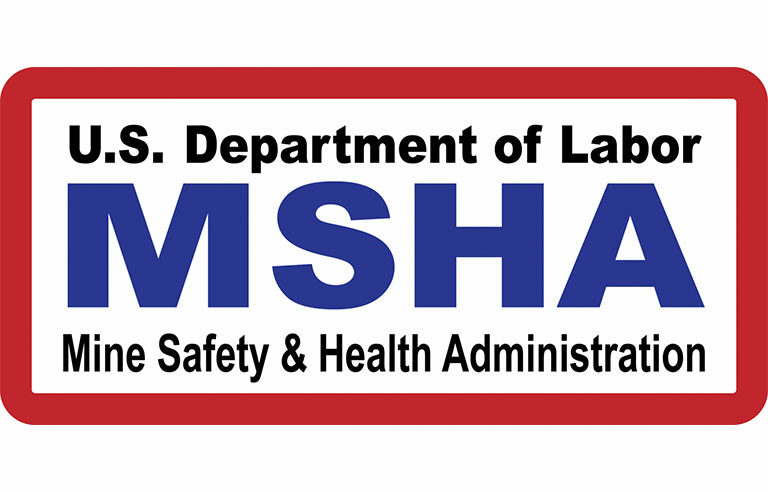
Washington — Seven House Republicans want the Mine Safety and Health Administration to align its final rule on miner exposure to respirable crystalline silica with existing OSHA protections, citing “undue and excessive” industry burdens.
In a July 29 letter addressed to James McHugh, deputy assistant secretary for policy at MSHA, the group – led by Rep. Tim Walberg (R-MI), chair of the House Education and Workforce Committee – writes that the rule “ignores controls already in place to protect miners’ health.”
A spokesperson for the committee told Safety+Health it has “requested that MSHA reconsider in a revised rule the use of the Hierarchy of Controls regarding respirable silica exposure in mining operations.”
The spokesperson continued: “Some of the changes in MSHA’s final rule mirror OSHA’s silica standards, including the permissible exposure limit. However, MSHA chose not to be consistent with OSHA’s standards and has opted to rely exclusively on engineering controls. This decision could result in many mining facilities shutting down or the cost of these critical resources dramatically increasing because compliance under the new final rule is economically or technologically infeasible.”
The rule went into effect in June 2024. It lowered the PEL for respirable crystalline silica to 50 micrograms per cubic meter of air – half the previous limit – over an 8-hour time weighted average. The new PEL matches the one OSHA established in 2016.
Additionally, the rule increased silica sampling and enforcement at metal and nonmetal mines and requires mine operators to provide periodic health exams at no cost to miners.
The lawmakers contend that amending the silica rule would align with the Trump administration’s push for deregulation. They write that although the rule “reduces confusion somewhat,” it ultimately looks past existing controls and “excludes commonsense practices” such as job rotation and personal protective equipment.
“Simply put, the Biden-Harris administration’s actions failed to enhance worker safety when it limited protections for miners and imposed hundreds of millions of dollars in costs,” the letter states.
“DOL should consider initiating a new rulemaking to prevent serious economic hardship.”
Coal mine operators had been given a compliance date of April 14 for the rule, which first appeared on the Department of Labor’s regulatory agenda in 1998. However, the 8th U.S. Circuit Court of Appeals on April 4 granted a temporary stay of the final rule, in response to a petition from the National Stone, Sand & Gravel Association.
On April 8, MSHA announced a temporary enforcement pause until Aug. 18, citing “unforeseen NIOSH restructuring” and “other technical reasons.”
On July 31, the Senate Appropriations Committee approved a bill that would maintain current funding for MSHA and OSHA through fiscal year 2026. An accompanying report states: “MSHA shall fully and effectively enforce the Final Rule Reducing Miners’ Exposure to Coal Dust and should not use any funds to weaken or eliminate the Final Rule Lowering Miners’ Exposure to Respirable Coal Mine Dust.”
McCraren Compliance offers many opportunities in safety training to help circumvent accidents. Please take a moment to visit our calendar of classes to see what we can do to help your safety measures from training to consulting.
Original article published by Safety+Health an NSC publication